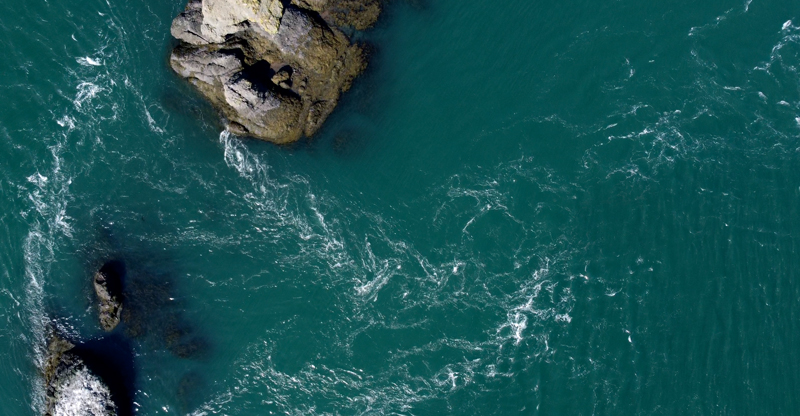Account Login
Don't have an account? Create One

After centuries of attempts to harness power from the Bay of Fundy, proponents say there’s no time like the present.
Start with the source. With water. With tides. But not just any tides. The tides of the Bay of Fundy, the world’s highest tides.
Every six hours of every day of every month of every… well, every every, 160 billion tonnes of seawater pour into—or out of—the Bay of Fundy at speeds that can exceed 16 km an hour. At low tide, the muddy bottom of the Fundy Bay may be exposed as far as five km from high tide. On the flip side, when the ocean comes rushing back with the incoming tide, the water can rise over 16 metres. In just a few hours.
If you’re having difficulty trying to wrap your head around that, consider this. Take the flow of every fresh-water river in the world, including the Amazon and the Nile, combine them all together and then multiply by four, and you still won’t have matched the powerful flow of just the tides of Fundy.
You get the picture. It’s a lot of water and it’s moving fast.
But there’s more, and in a province trying to wean itself off coal at a time of skyrocketing global oil prices, not to forget in a world that’s only suddenly, belatedly discovered the cataclysmic environmental costs of our reliance on non-renewable fossil fuels, that more matters. A lot.
That fast-flowing wall of water has the potential (optimistically, according to some optimists) to generate “more than 13 billion kilowatt hours of electricity a year, more than is burned by Toronto, a city of 2.3 million persons,” the New York Times reported way back in 1971. Optimistically.
We’ve known about the power of tidal waters to generate electricity for centuries. As far back as the twelfth century, in fact, there were tidal mills in Britain, France and Spain. The first French colonial settlers in Nova Scotia brought that knowledge with them, constructing a mill in Port Royal in 1607 that was partly powered by tides.
Just over 300 years later, an Acadia University engineering professor named Ralph Clarkson designed, built and tested a prototype tidal power generator in the Bay of Fundy’s Minas Channel at Cape Split. He even formed a company to further the dream, but it never went much beyond futuristic daydreaming.
The idea seems simple enough. The water comes in, the water goes out. Predictably. If you can harness its flow, come up with a way to store the energy between tides and then supply it to the grid, voilà—you’ve not only solved a local energy crisis and made the world a greener, cleaner place but you’ve also transformed Nova Scotia into a power-house economic Shangri la for now and forever!
Yes, but…
Continue reading this story: click below to login/subscribe
Login or SubscribeComment policy
Comments are moderated to ensure thoughtful and respectful conversations. First and last names will appear with each submission; anonymous comments and pseudonyms will not be permitted.
By submitting a comment, you accept that Atlantic Business Magazine has the right to reproduce and publish that comment in whole or in part, in any manner it chooses. Publication of a comment does not constitute endorsement of that comment. We reserve the right to close comments at any time.
Cancel
I have a two technologies that can do this with mega power on a mega scale unlike any other you have ever seen.